
Approach #2: Just Do It!…Gradually
We’re not all fans of school, though. If the formal setting of a school, even an amateur one run by your local car club, isn’t your idea of a good time, the other option is to learn by doing. There’s nothing inherently wrong with this approach, as long as you’re confident you can keep your ego in check and aim to progress as a driver in a gradual way. The safest way to jump into the racing game is to start slow, meaning getting involved in a motorsport like autocross or karting, where speeds are low enough that you’re very unlikely to do any damage to yourself or your car in the event of an off-course excursion.

I personally did quite a bit of autocrossing, karting and small track time trials before ever enrolling at a racing school, since these more affordable and accessible forms of racing don’t require a full racing license. I not only learned a lot about preparing myself and my car for these types of events, I also met some experienced competitors who were kind enough to offer free advice on everything from car setup to driving technique. In fact, a lot of my best friends are people I met when I first got involved in these entry-level forms of racing. So don’t be afraid to get out there and try your hand at autocrossing, karting, HPDE events or even Time Attack, where you’ll not only have a lot of fun learning as you go, you’ll also meet some great people that you’ll probably share a lot in common with.
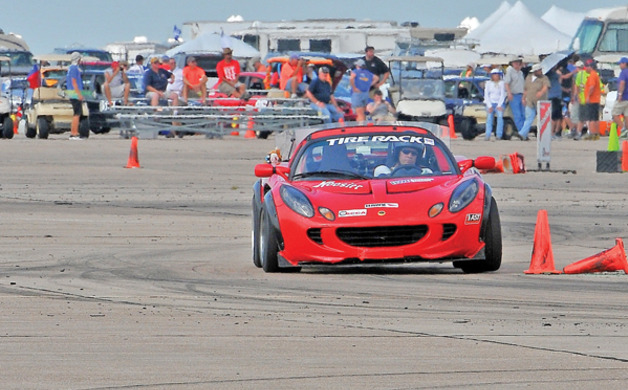
For autocrossing, the best place to start is either with a club or regional series or with the SCCA if you live in the United States, which has the biggest and most popular Solo 2 series in the world. Or if you live up here in the Toronto area like us, then there’s the CASC-OR Autoslalom series in Ontario and similar series in most other provinces, along with a variety of club level events as well. If you’re not sure where to find information specific to your local racing scene, you can always hit up a nearby race shop or tuner shop, plus the good, old Internet and those annoying car forums will know the answer too.
But I Wanna Go Wheel-to-Wheel Racing!
Eventually you may find yourself wanting to go road racing. In many ways it’s a logical progression to go from autocross to time attack to road racing, since many motorsport sanctioning bodies and car clubs are setup to move you in this direction. Just keep in mind, this will necessitate you taking a racing school that qualifies you for a full racing license in your region. These schools can range in price from $500 to $5,000+, depending on which one you opt for. I went for a local and relatively inexpensive qualifying school, since I’d been to a number of other schools already and had a lot of seat time at the tracks I’d be racing on in my trusty old EG Civic.
I think a lot of grassroots racers would echo my experience that road racers are really no more talented, passionate or committed to their chosen form of competitive driving than autocrossers or time attackers, but they are usually better funded and better equipped. The truth is, road racing is expensive, so you don’t meet a lot of young guys on tight budgets with beater race cars here. The young guys you met road racing are most likely enjoying “private funding” from their families, and the majority of competitors are middle aged men with plenty of disposable income to burn. So keep in mind that going road racing means hanging out with an older demographic, but most are still young at heart and just out to have a good time, so you’ll still make plenty of friends here.
The risks do go up with road racing, of course, since you’re now fighting for position while trying to go as fast as possible. This can be a recipe for serious financial hardship if you come at it with too much aggression, especially if you haven’t earned the respect of your fellow racers yet. I was lucky enough to have a faster car than many of my competitors when I started road racing, so this allowed me to avoid slugging it out in the middle of the pack, though I still enjoyed some close battles for position. In my very first race in the ’05 Ontario GT Championship (which turned into the Canadian Touring Car Championship the following year), a veteran competitor in a RSX told me he was going to shut the door on me in Turn 1 (we started next to each other on the grid, but he was on the outside). True to his word, he folded my sideview mirror in while we ran side-by-side through the first few corners. Not wanting to be “that guy” who crashed in his first race, I gave way only to see the RSX spin off the track a few corners later.
That first race was a heck of an experience, as it was an hour long and involved an optional driver change. This meant I could share seat time with my friend Kenneth “Turtle” Lau, who helped me prep the car for road racing including tuning the ECU. It also meant we got to share in the joy of victory, and it’s really these memories of sharing the fun with friends that stick with me the most. Plus we split the costs of racing too, which made it even more fun since neither of us were bankrupting ourselves in the process of winning a few h’orderve platters and bottles of cheap champagne.

These days an even cheaper way to go wheel-to-wheel racing is the ever popular Lemons or ChumpCar option. This wasn’t available back when I started racing (at least not in Canada), but these days Lemons and ChumpCar events are everywhere including the cold side of the USA/Canada border. In fact, we’re teaming up with Kevin and Andrew Stittle to race their Suzuki Swift (a former Canadian Rally Championship car) in a few ChumpCar racers, and the value you get from this type of racing is really hard to beat. In a higher level series like the CTCC, the cost of registration fees, gas, hotel bills, food, maybe a fresh set of tires or brake pads really add up fast (I was doing it on the cheap for around $2,000/weekend), and that was for a couple of hours of seat time over a weekend in a car that costs a lot to make competitive (figure at least $25k).
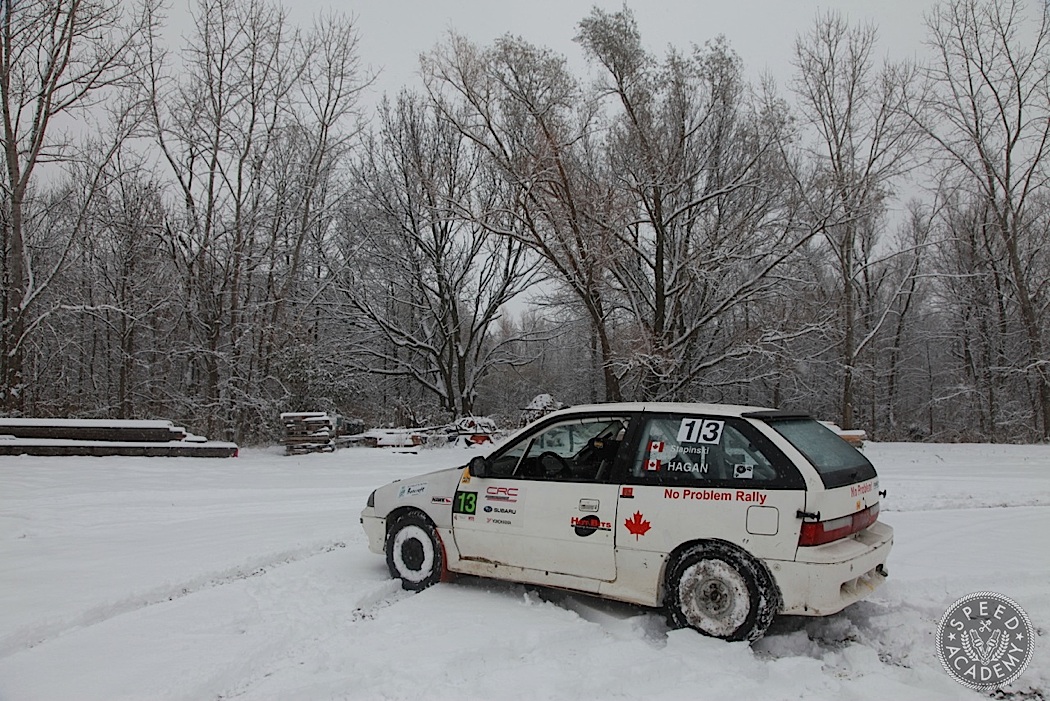
Meanwhile, a Lemons or ChumpCar entry fee, which typically covers 14 or more hours of seat time over the weekend means you get a lot more seat time for a very modest investment, even when sharing driving duties with a few friends. The car is generally a crap can of some type that might end up with $2-5k in it by the time its caged and race prepped, but the rules are very restrictive so that you can’t blow the budget on go-fast goodies. Figure $500 to $750 for a weekend of CrapCan racing, including registration, food, and camping out or staying in a crap hotel for the night. It may not be as glamourous as a weekend in a pro series, but racing is racing and I’m sure my grin will be just as wide running door-to-door in the Suzuki as it was in any of the pro race cars I’ve driven over the years. And my wallet will be smiling with me this time!
Point being, you can go racing on a budget. But before you do, I would encourage you to at least consider the School option and get as much seat time as you can at autocrosses, HPDE events, and Time Attack races before you go road racing. Or throw caution to the wind and give ChumpCar a try, since it’ll give you a real racing experience on an grassroots budget and in a car that’s slow enough and disposable enough that if the shit does hit the fan, you won’t have to pay for it for the rest of your life.

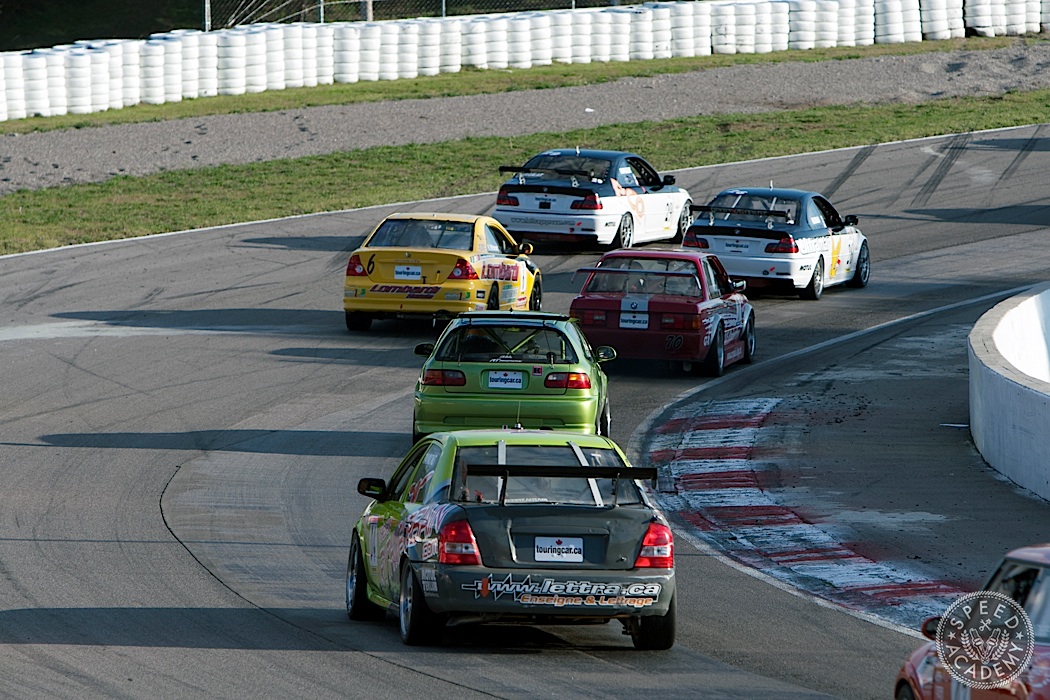

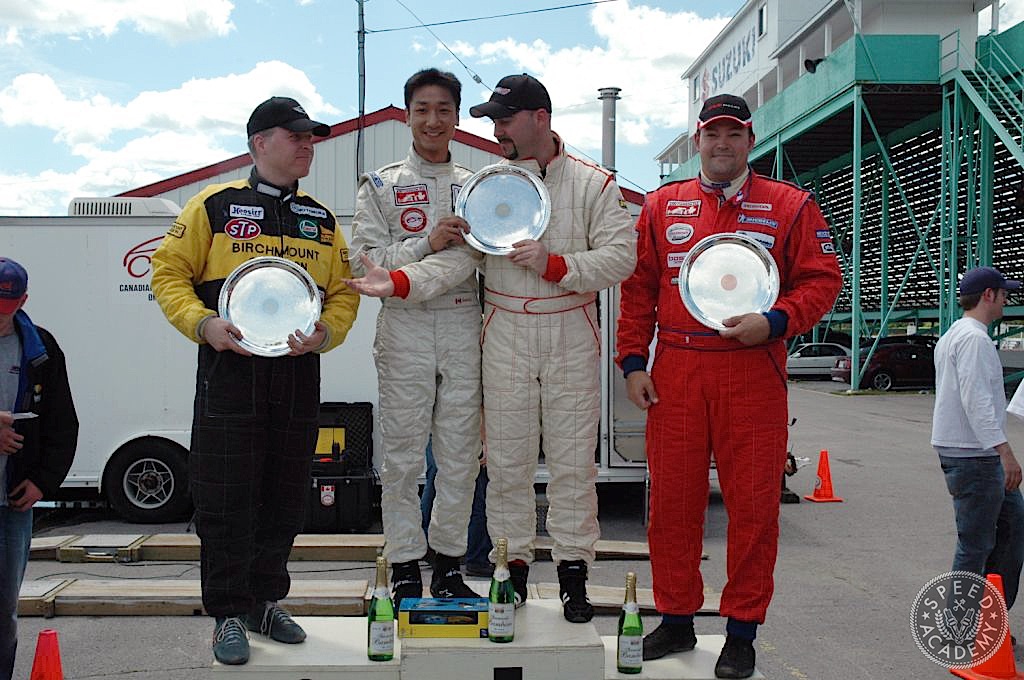
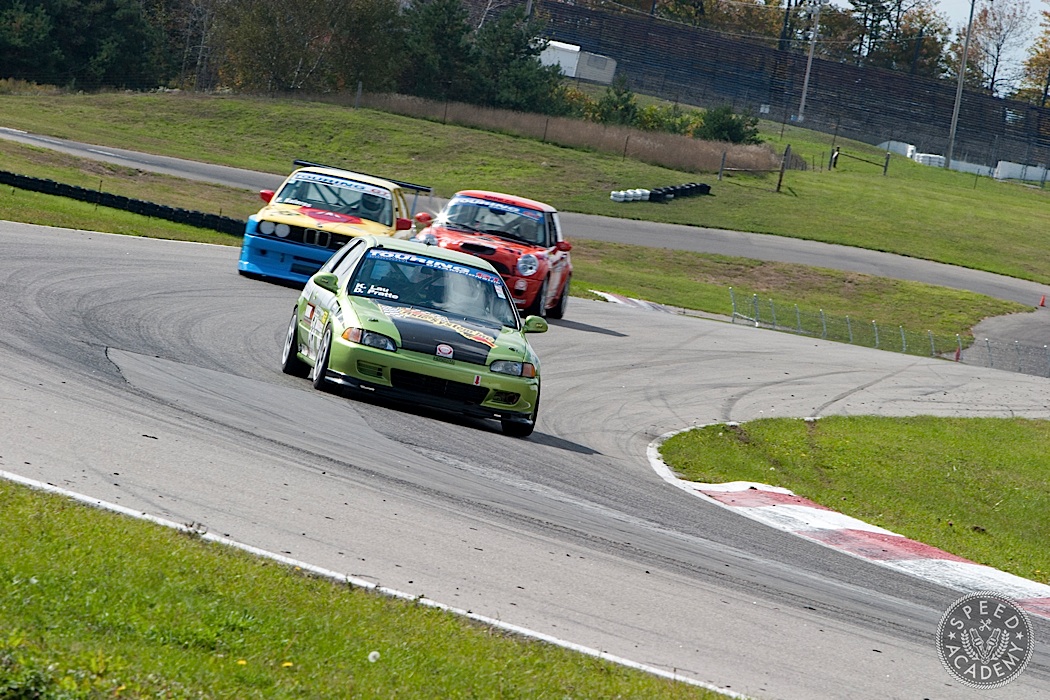

Solid advice! Thanks!
Nice good read
Thanks a lot for these very cool articles!!! Keep doing them please!!!!
I would like to get some lessons from a few instructors. is there any that would like to contact me please